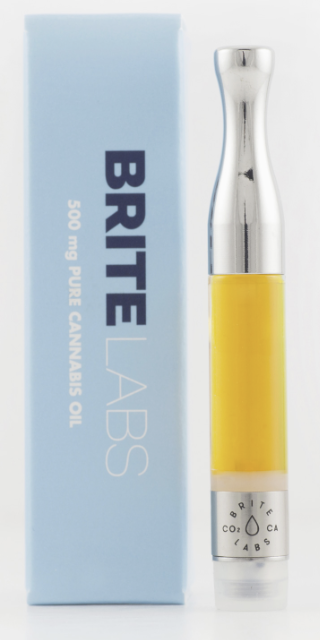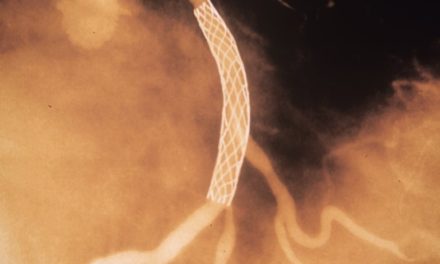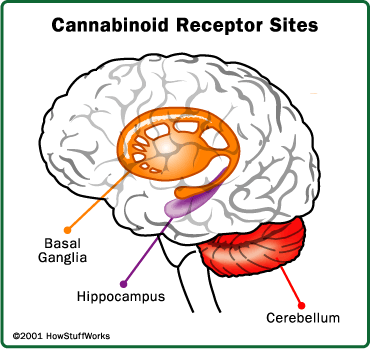By Dale Gieringer
In a comprehensive review of scientific research, the National Academy of Sciences has found “conclusive or substantial evidence” that medical cannabis is effective for the treatment of chronic pain (as well as nausea from chemotherapy and spasticity from multiple sclerosis).
These findings were borne out by the Center for Medicinal Cannabis Research at UC San Diego, which found cannabis to be effective in reducing pain in six out of six human studies. Cannabis was especially effective in the treatment of chronic neuropathic pain due to damaged nerves, a type of pain for which opioids are often ineffectual and widely over-prescribed.
A survey of 1,513 dispensary members found 76.7% reduced their use of opioids starting use of medical cannabis.2 Similar results have been reported by numerous other investigators.
Two NIDA-funded studies found that access to medical marijuana is associated with fewer opioid overdose deaths, lower levels of opioid prescribing, and fewer admissions for opioid addiction.
Another study found that medical marijuana laws were associated with $165 million in savings in Medicare D prescription drug costs in 2013.
Yet another found Medicaid prescription drug costs were lower in states with medical marijuana laws in five different clinical areas, including chronic pain, with estimated cost savings of over $1 billion.
Evidence of this sort has led the National Institute on Drug Abuse to conclude that “medical marijuana products may have a role in reducing the use of opioids needed to control chronic pain.”
A mounting body of scientific research shows that medical cannabis is being used by chronic pain patients as an effective harm-reduction substitute for opioids and other drugs with serious adverse side-effects. A list of references follows: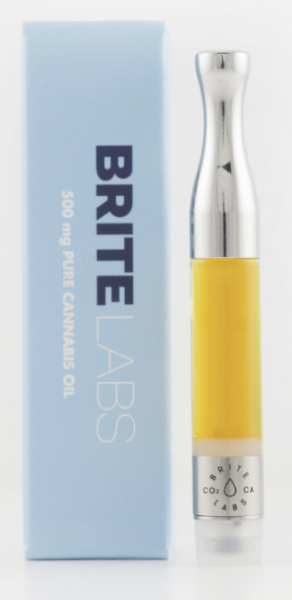
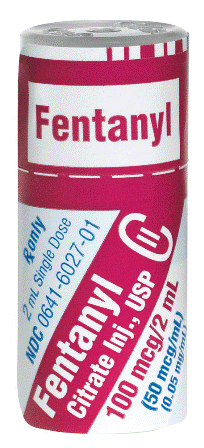 • Medical Marijuana Laws May Be Associated With A Decline InThe Number Of Prescriptions For Medicaid Enrollees (Bradford & Bradford, Health Affairs, Apr 2017):
• Medical Marijuana Laws May Be Associated With A Decline InThe Number Of Prescriptions For Medicaid Enrollees (Bradford & Bradford, Health Affairs, Apr 2017):
Medicaid prescription drug costs were lower in states with medical marijuana laws in five of nine clinical areas, including pain. Estimated cost savings > $1 billion.
http://content.healthaffairs.org/content/early/2017/04/13/hlthaff.2016.1135
• Effects of Legal Access to Cannabis on Scheduled II-V Drug Prescriptions (S. Stith et al, JAMDA, Society for Post-Acute and Long-Term Care Medicine 2017):=
A study of 83 chronic pain patients in New Mexico medical cannabis program found that 34% quit prescription pharmaceuticals after 10 months.
• Substitution of medical cannabis for pharmaceutical agents for pain, anxiety, and sleep. (Piper et al, J. Psychopharmacol, 1 Mar 2017):
A survey of 1,513 New England dispensary members reported 76.7% reduced use of opiates starting use of medical cannabis
https://www.ncbi.nlm.nih.gov/pubmed/28372506
• Cannabis as a Substitute for Opioid-Based Pain Medication: Patient Self-Report. (Amanda Reiman et al, Cannabis and Cannabinoid Research Vol 2.1 2017
A survey of 2897 medical cannabis patients found 34% used opioids, and 97% of opioid users “strongly agreed/agreed” that cannabis reduced their opioid consumption.
http://online.liebertpub.com/doi/pdfplus/10.1089/can.2017.0012
• Medical Marijuana Policies and Hospitalizations Related to Marijuana and Opioid Pain Reliever (Y Shi, Drug Alcohol Depend. Apr 2017)
Medical marijuana legalization associated with reductions of 23% in hospitalizations due to opioid dependence and 13% due to overdose.
https://www.ncbi.nlm.nih.gov/pubmed/28259087
• Medical Marijuana Laws Reduce Prescription Medication Use In Medicare Part D (Bradford & Bradford, Health Affairs Apr 2017)
National overall reductions in Medicare program and enrollee spending in states with medical marijuana laws was estimated to be $165.2 million per year in 2013.
http://content.healthaffairs.org/content/35/7/1230.abstract
•Cannabis as a substitute for prescription drugs – a cross-sectional study
(Corroon, Mischley, Sexton, J of Pain Research, Mar 2017)
46% of 2,774 cannabis users reported using it as a substitute for prescription drugs, the most common being narcotics/opioids (35.8%).
https://www.dovepress.com/cannabis-as-a-substitute-for-prescription-drugs-ndash-a-cross-sectiona-peer-reviewed-article-JPR
• Cannabis and intractable chronic pain: an explorative retrospective analysis of Italian cohort of 614 patients (Fanelli et al. J of Pain Research May 2017)
“Even with the heterogeneity of the sample size and limited data available… the treatment seems to be effective and safe in the majority of patients”
https://www.ncbi.nlm.nih.gov/pmc/articles/PMC5449133/
• Patient perceptions of the use of medical marijuana in the treatment of pain following musculoskeletal trauma. A survey of patients at two trauma centers in Massachusetts. (Heng M et al, Journal of Orthopaedic Trauma Aug 18, 2017)
90% of patients using marijuana to treat musculoskeletal trauma thought it reduced pain symptoms; 81% said it reduced their use of opioid pain medication.
http://journals.lww.com/jorthotrauma/Abstract/publishahead/Patient_perceptions_of_the_use_of_medical.98730.aspx
• Do Medical Marijuana Laws Reduce Addictions and Deaths Related to Pain Killers? (Powell, Pacula, Jacobson, NBER Working Paper Jul 2015)
States permitting medical marijuana dispensaries experience a relative decrease in both opioid addictions and opioid overdose deaths compared to states that do not.
http://www.nber.org/papers/w21345
• Medical Cannabis Laws and Opioid Analgesic Overdose Mortality in the United States, 1999-2010 (Bachhuber et al, JAMA Intern Med. Oct 2014)
Conclusion: Medical cannabis laws are associated with significantly lower state-level opioid overdose mortality.
http://archinte.jamanetwork.com/article.aspx?articleid=1898878
• Cannabis Use Is Associated With Decreased Opiate Medication Use in a Retrospective Cross-Sectional Survey of Patients With Chronic Pain (Boehnke, Litinas, Clauw, J. Pain Jun 2016.)
Survey of 244 chronic pain patients found medical cannabis use associated with a 64% decrease in opioid use, decreased number and side effects of medications, and an improved quality of life.
http://www.ncbi.nlm.nih.gov/pubmed/27001005
• Splendor in the Grass? A Pilot Study Assessing the Impact of Medical Marijuana (Gruber et al, Front Pharamacol, Oct 2016)
Study of 24 medical cannabis patients found notable decrease in use of conventional pharmaceutical agents, with opiate use declining more than 42%
https://www.ncbi.nlm.nih.gov/pubmed/27790138
• The Effect of Medicinal Cannabis on Pain and Quality of Life Outcomes in Chronic Pain: A Prospective Open-label Study (Haroutounian et al, Clin J Pain, Dec 2016)
The treatment of chronic pain with medicinal cannabis in 176 patients resulted in improved pain and functional outcomes, and a significant reduction in opioid use.
http://www.ncbi.nlm.nih.gov/pubmed/26889611
• Among veterans, opioid prescription requests down in step with rise in medical pot (Vancouver Globe and Mail, Jun 7, 2016)
Fewer Canadian veterans have sought prescription opioids and tranquillizers in recent years while prescriptions for medical marijuana have skyrocketed.
http://www.theglobeandmail.com/news/national/among-veterans-opioid-prescription-requests-down-in-step-with-rise-in-medical-pot/article30285591/
• University of New Mexico study suggests medical marijuana could decrease prescription opiate abuse (Study by UNM Prof. Jacob Vigil and Prof. Sara Stith)
18-month study finds 31% reduction in opioid use among chronic pain patients using medical cannabis.
http://www.dailylobo.com/article/2017/03/medical-cannabis-research.
Other reports about the potential benefits of medical cannabis in addressing the opioid epidemic include:
National Institute on Drug Abuse: “Is marijuana safe and effective as medicine?”
Existing studies “cumulatively suggest that medical marijuana products may have a role in reducing the use of opioids needed to control pain.”
https://www.drugabuse.gov/publications/marijuana/marijuana-safe-effective-medicine
The opioid crisis in America’s workforce
http://www.castlighthealth.com/typ/the-opioid-crisis/
Could Pot Help Solve the U.S. Opioid Epidemic?
http://www.sciencemag.org/news/2016/11/could-pot-help-solve-us-opioid-epidemic
Cannabidiol: Swinging the Marijuana Pendulum from ‘Weed’ to Medication to Treat the Opioid Epidemic
http://www.cell.com/trends/neurosciences/fulltext/S0166-2236(17)30001-2
Substituting cannabis for prescription drugs, alcohol and other substances among medical cannabis patients: The impact of contextual factors
http://onlinelibrary.wiley.com/doi/10.1111/dar.12323/abstract
Medical Cannabis in Arizona: Patient Characteristics, Perceptions, and Impressions of MedicalCannabis Legalization
http://www.ncbi.nlm.nih.gov/pubmed/26317379
Profiles of medicinal cannabis patients attending compassion centers in Rhode Island
http://www.ncbi.nlm.nih.gov/pubmed/25715068
Who are medical marijuana patients? Population characteristics from nine California assessment clinics
http://www.ncbi.nlm.nih.gov/pubmed/21858958
Patients Are Ditching Opioid Pills for Weed
https://www.theatlantic.com/health/archive/2017/02/marijuana-cannabinoids-opioids/515358/
Dale Gieringer is the director of California NORML

